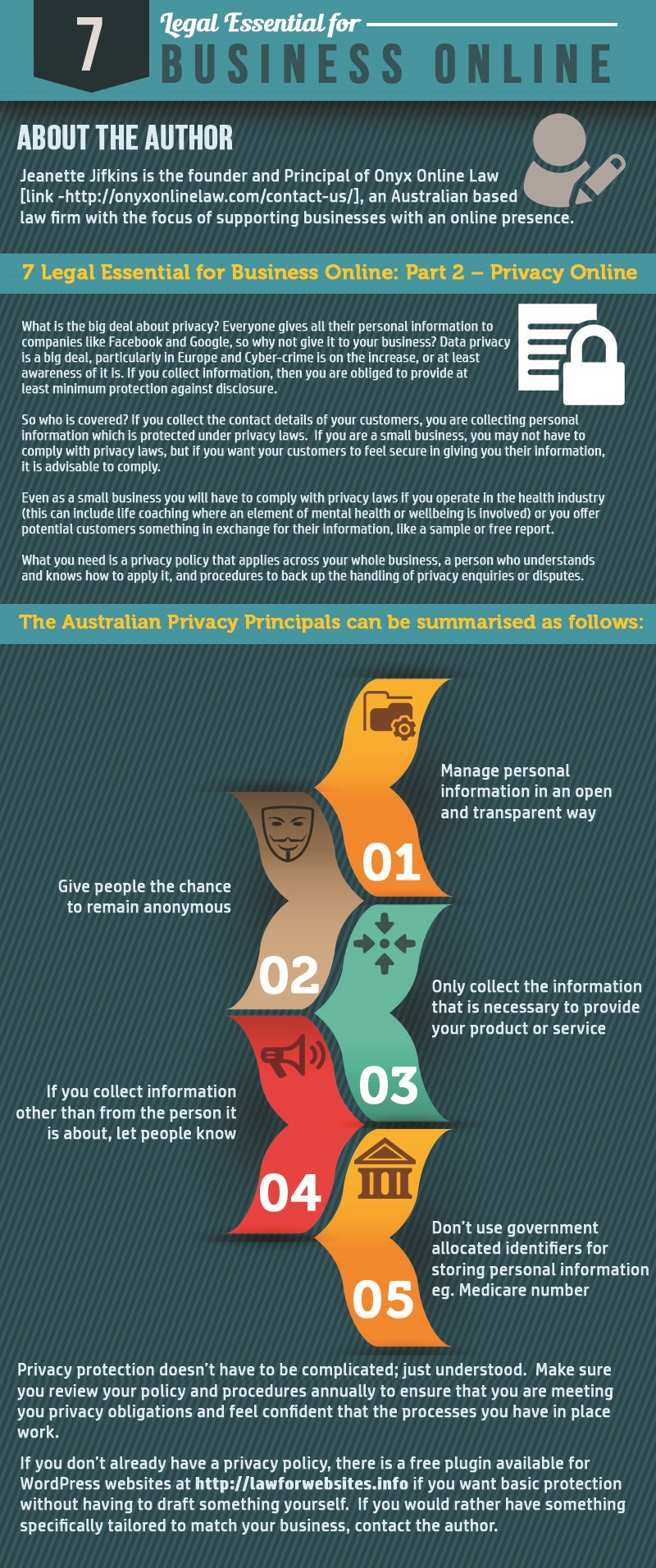
Australian Standard Contracts Need Updating
Australian Standard Contracts Need Updating
Do your eyes glaze over when presented with a written contract for review? Do your hit the ‘I agree’ button and hope the contract terms are fairly standard? You are not the only one. A survey by The Guardian back in 2011 identified that only about 7% of consumers read terms and conditions before agreeing to them.
If so few people read contracts, then why should you bother to get your Australian Standard Contracts reviewed or updated?
Quick Answer: Update your contracts to avoid $100,000 in penalties and corrective advertising costs –
- in April 2016 Europcar was ordered to pay $100,000 in penalties to ACCC and spend more in corrective advertising
- in December 2016 Valve Corporation (online gaming) was ordered to pay penalties of $3 million to ACCC, publish corrective information and implement compliance programs
…Not to mention avoiding having to deal with customer complaints and potentially being sued.
Its also a good opportunity to have your contracts converted to plain English and presented in a language that makes sense to both you, and your customers. I’ve had clients give feedback that their customers have been impressed with how easy it is to understand their contracts. The Virgin brand has done it for years – using real language to help people manage the legal issues instead of exhausting customers with legalese.
But getting back to Unfair Contract Terms….
If you work B2B and use standard form contracts, you’re business now falls within the Australian Consumer Law. If your business customers have less than 20 employees, or the face value of the contract is less than $300,000, then you have to comply. Companies with more employees and higher transaction values are expected to get legal advice on their contracts as a matter of course. Its considered sensible business practice. Interestingly, there are still a lot of businesses who wait until the sh*t hits the fan before they ask for help, and by that stage, its a whole lot more expensive to manage.
So, what are the key areas of your standard contracts that need review?
The courts look at a variety of different things but some of the most frequently considered –
- whether the terms are negotiable or just ‘take it or leave it’ (click wrap agreements for software are ‘take it or leave it’ contracts)
- if the contract was prepared by one party before any discussion between the parties
- who has all or most of the bargaining power
- the effect of an offending term on the rights of the affected party
- the actual risk or damage to the contract writer
- whether the terms of the contract are altered to take into account the specific characteristics of the other party or the particular transaction.
The Europcar case focused on the disproportionate liability to the person hiring a vehicle. In that case Europcar attempted to hold a hirer responsible whether or not they were at fault. Europcar also required the hirer to pay a damage liability fee of $3650 regardless of the actual value of damage, unless the hirer bought extra insurance. So theft of the vehicle could cost a hirer $3650, but so could a dented bumper. The court decided in that case that the contract terms were not reasonably necessary to protect the legitimate interests of Europcar, as well as being disproportionate.
It is also important that standard contract terms are ‘transparent’. This means your contracts need to be –
- expressed in reasonably plain language
- legible
- presented clearly
- readily available to any party affected before they buy
Some common contract terms that will need review are:
- clauses that give one party the right to make changes, but not the other – like software agreements that allow the software provider to increase fees automatically
- clauses that roll over automatically, regardless of the customers wishes
- clauses that make it hard or impossible for one party to terminate or get out of the agreement
- clauses that require a buyer to forfeit there deposit, even if you cannot supply the product or service
- one sided indemnity provisions
- clauses that disclaim all liability, including negligence
- clauses that limit the damages a buyer can claim, but don’t limit the damage the seller can claim
- penalty provisions – like advertising agencies that want a two year agreement with no right to terminate and claim a right to charge whether or not they provide any advertising
If you are one of the 7% of people who read contracts before you agree to the terms, you might have seen some of these provisions. If you haven’t looked at your own business standard contract for a while, NOW is a great time to review and update. We generally recommend that Australian Standard Contract forms, including terms and conditions and privacy on your website or App, should be reviewed and updated at least every two years to ensure your business remains compliant and you avoid the risk of hefting fines and time consuming legal actions.
When reviewing and updating your standard contracts, consider what is most important to your business, where you have the most issues with customers and how you’d like to communicate with your existing customers and leads. We can assist you with a strategy for implementation as well as helping you review, update or refresh your legal contracts.
Book an Appointment now to request a contract review or to update or create your standard contract terms.
How can Onyx Legal help you?
We love writing contracts. Weird, we know. But hey, some people love mountain climbing, so go figure!









Recent Comments